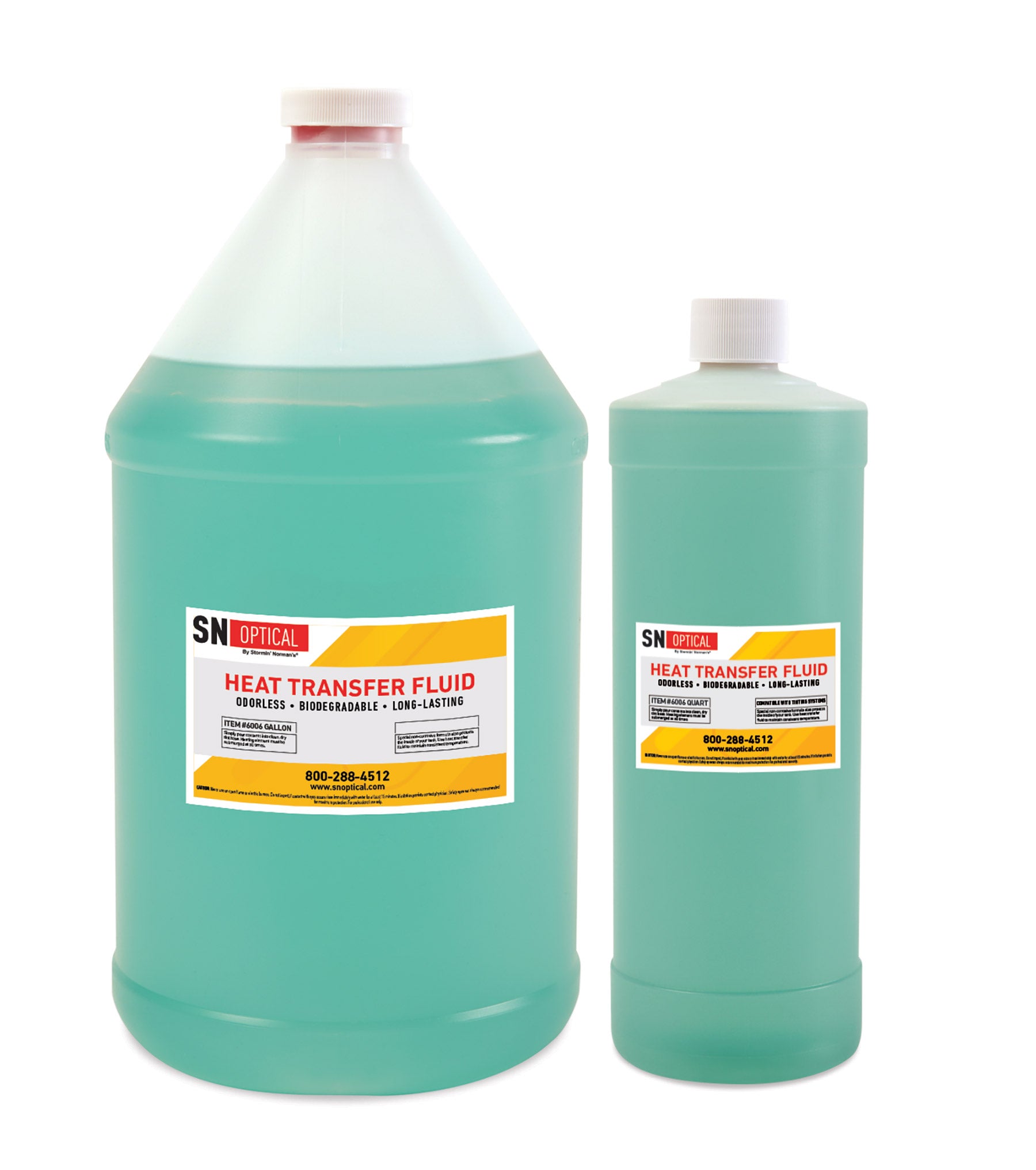Comprehending the Uses of Warm Transfer Fluid in Industrial Applications
In the vibrant landscape of commercial applications, warmth transfer liquids (HTFs) are important for maintaining exact thermal policy, pivotal to enhancing operational effectiveness and item quality. From the details of chemical processing to the robust needs of power generation, HTFs are central to making sure secure and efficient warmth exchange. With their essential function spanning diverse fields, including the food and drink sector, comprehending their complex applications is crucial. Nevertheless, what cutting-edge advancements in HTF innovation are on the horizon, and exactly how might they redefine market criteria? This expedition promises insights right into these compelling concerns.
Function in Chemical Processing
In chemical handling, warmth transfer liquids play an important role in preserving precise temperature control, which is necessary for enhancing reaction rates and guaranteeing product top quality - heat transfer fluid. These liquids are crucial in promoting reliable warmth exchange in between procedure devices, thus enabling the regulation of thermal problems within reactors, distillation columns, and various other essential apparatus. Their capability to keep security under varying thermal loads and ecological problems makes them important in chemical manufacturing
The option of a proper warm transfer liquid is figured out by aspects such as thermal conductivity, specific warmth capability, thickness, and chemical compatibility with the procedure materials. High-performance liquids permit rapid cooling and heating, enhancing the performance of endothermic and exothermic reactions. Their thermal security reduces the danger of deterioration or contamination, which can lead to devices fouling and decreased process effectiveness.
Along with temperature policy, these fluids add to safety and security by protecting against getting too hot and reducing the potential for thermal runaway responses. By supplying constant thermal administration, heat transfer liquids enhance procedure reliability and can cause significant power savings. As chemical procedures end up being significantly complicated, the importance of picking and maintaining ideal warm transfer liquids can not be overemphasized.

Power Generation Applications
Moving from chemical processing to power generation, warm transfer fluids think an important role in the manufacturing of energy. In power generation applications, these fluids are crucial in maintaining ideal thermal performance and guaranteeing the reliable operation of nuclear power plant. Various sorts of power generation centers, consisting of fossil fuel-based plants and concentrated solar energy (CSP) systems, depend heavily on warm transfer fluids for effective power conversion.
In fossil fuel power plants, heat transfer fluids are used to transfer heat from combustion gases to water in central heating boilers, producing steam that drives turbines. In CSP plants, heat transfer liquids circulate through solar collectors, absorbing solar power and moving it to a main receiver where it is made use of to create steam.
The choice of click this site heat transfer fluid in these applications is essential, as it impacts the plant's effectiveness, security, and ecological footprint. Artificial oils, liquified salts, and various other specialized fluids are typically used, chosen based on their thermal stability, warm capacity, and compatibility with system materials.
Effect On Food and Drink Market

Along with enhancing product top quality, warm transfer fluids add to operational performance by lessening power consumption and minimizing process times. Their thermal security and high warmth capacity permit quick heating and cooling down cycles, leading to enhanced throughput and cost-effectiveness. In addition, the use of food-grade warm transfer liquids, which follow rigorous security criteria, makes sure that there is no danger of contamination, thereby guarding public health.
The versatility of warm transfer liquids enables their application throughout a wide variety of food and drink processes, from dairy and confectionery click resources to developing and bottling. By enhancing temperature control, these fluids play an indispensable role in fulfilling the evolving demands of the food and beverage market while keeping high requirements of quality and safety and security.
Importance in Production

A pivotal facet of manufacturing procedures across different sectors is the efficient administration of temperature, which is where warm transfer liquids show their relevance. Heat transfer fluids assist in these controlled atmospheres by soaking up, transferring, and releasing warmth as required.
In making settings, warmth transfer liquids contribute considerably to operational performance and cost-effectiveness. By lessening temperature level variations, they help in reducing power intake, therefore lowering operational costs and improving sustainability. They boost the life-span of tools by stopping getting too hot and thermal anxiety, which can lead to pricey downtime and repair services.
Furthermore, the adaptability of warm transfer fluids allows them to be customized for specific applications, accommodating a wide variety of temperature levels and environmental problems. This flexibility guarantees consistent efficiency, even in the most requiring industrial settings. Ultimately, the strategic use warm transfer liquids encourages makers to maximize their processes, boost product top quality, and preserve an one-upmanship in an ever-evolving market.
Developments in Heat Transfer Technology
With improvements in warmth transfer technology, industries are experiencing transformative renovations in temperature management systems. Modern HTFs, such as nano-fluids, display improved thermal conductivity and stability, which significantly improve warmth exchange processes.
Moreover, the combination of clever innovation and digital surveillance systems has actually changed heat monitoring. Advanced sensors and IoT tools supply real-time data analytics, enabling specific control and optimization of warm transfer processes. This causes boosted safety, lowered downtime, and extended equipment life expectancy.
Additionally, the arrival of magnetic and phase-change materials in warmth transfer applications notes a substantial leap onward. heat transfer fluid. Magnetic liquids, as Our site an example, offer quick warmth dissipation via magnetic field control, while phase-change products successfully save and launch thermal energy during phase shifts
These technological strides are not only improving efficiency in traditional fields such as chemical handling and power generation however are likewise fostering advancement in emerging areas like renewable resource systems and electronic cooling, leading the way for lasting commercial procedures.

Conclusion
Warmth transfer liquids are important to industrial applications, providing accurate temperature control and enhancing functional performance. Breakthroughs in warm transfer innovation proceed to maximize these features, underscoring the vital function of HTFs in commercial processes.